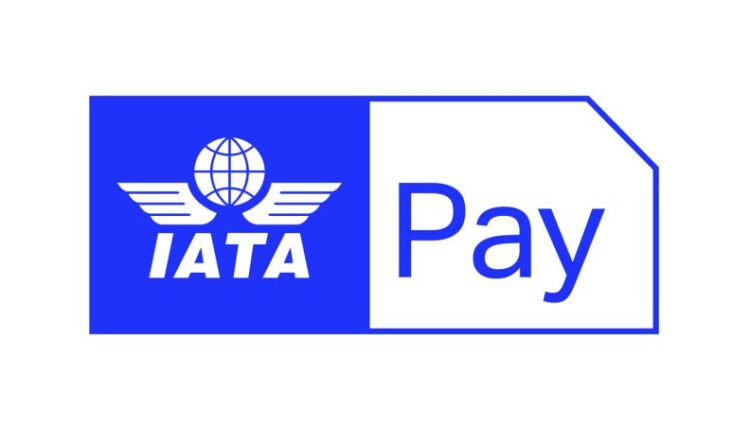Javier Orejas discusses IATA Pay
The head of IATA’s global banking department offers a closer look at the association’s cost-effective payment solution

At this year’s IATA World Financial Symposium, Travel Daily Media caught up with the International Air Transport Association (IATA)’s global head of banking and IATA Pay Javier Orejas who gave us a closer look at IATA Pay.
Orejas has been with IATA for over 18 years, but took on his current position in 2021 while the IATA Pay system was launched a year later.
Since its introduction, IATA Pay has enabled participating airlines to save up to 99 percent in payment processing fees while providing travelers with a highly secure alternative form of payment.
According to Orejas: “We started [IATA Pay] two years ago, [and] we currently have 41 airlines using the service. We expect, though, by the end of this year to finalise connections with 30 to 46 other airlines, around 37 new countries to add to our list of users / clients.”
What exactly is IATA Pay?
IATA Pay is a payment solution for direct ticket sales via airline websites that can also be utilised for other platforms such as NDCs, agency portals, and even group sales. It is based on instant bank transactions and leverages on open banking or Request-to-Pay schemes.
While not directly a part of the IATA billing and settlement plan (BSP), IATA Pay leverages on the former’s settlement infrastructure. In which case, it is a payment solution which is mainly focussed on airline sales and will be settled separately from the BSP payments.
Essentially, IATA Pay was developed by the organisation as a cost-effective payment solution for airlines. Through several governance bodies, airlines endorsed and approved of the investments that paved the way for the payment system.
IATA offers IATA Pay to airlines as a cost recovery service. The association opted to primarily focus on B2C e-commerce when it came to implementing the solution.

Risks, issues, and eventual benefits
Orejas admits that the development of IATA Pay raised a number of issues when it first came about.
He said: “Payment processing fees is one areas where the sector is focusing more, the average for processing a transaction in our industry is 2.28 percent, and it is estimated that airlines spend close to US$ 21 billion per year.”
At the same time, the implementation of IATA Pay posed challenges to airlines in terms of IT prioritisation. Those in charge of developing its system also needed to consider the complexity of managing ecommerce payments for airlines across vastly diverse market, as well as those involving the refund process which differs from one airline to another.
But IATA Pay has certainly proven itself in the more than two years since its launch. Today, it is regarded as a cost-effective and highly secure alternative payment solution which optimizes cash flow for airlines.
As a payment solution for airlines, IATA Pay is highly secure, has no chargebacks or holdback practices, offers a single technical integration for all available markets, and manages exposure to service risks by giving each airline a single contractual relation with IATA.
IATA Pay also gives airlines control over customer payment information as it serves as a simpler payment process with a transparent price structure. This results in faster cash flows to merchants.
What’s in it for consumers?
Airlines are not the only ones to get the most out of IATA Pay as the solution also offers a number of benefits for airline customers.
Among its benefits for end-consumers is that it serves as a highly secure and seamless system that offers users an increased number of payment options.
Likewise, IATA Pay delivers an enhanced shopping experience for consumers in line with the payments schemes evolution, along with on-demand features like pay-later plans, rewards, and payment insurance.


Comments are closed.